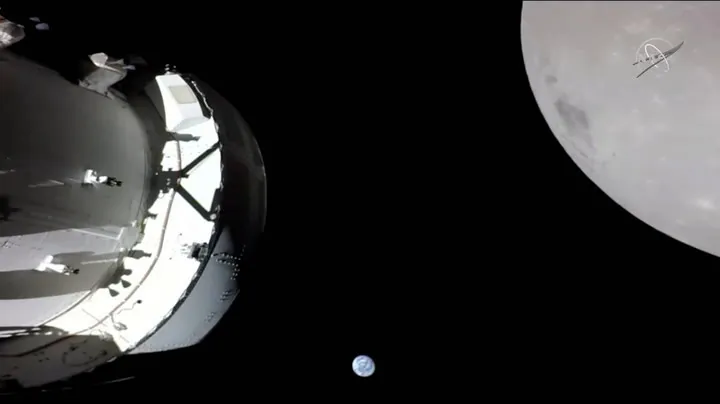
Scientists Unravel the Mystery of GD-1 Stellar Stream: What They Found Could Change Everything!
2025-01-07
Author: Emily
Introduction
In a groundbreaking new study, physicists have uncovered a solution to the enigma surrounding the GD-1 stellar stream, one of the most intriguing structures in the Milky Way's galactic halo. This stellar stream is famed for its long, slender shape, alongside peculiar spur and gap features that have puzzled astronomers for years.
Research Details
Led by Hai-Bo Yu from the University of California, Riverside, the research team suggests that the unusual characteristics of the GD-1 stellar stream can be attributed to the gravitational influence of a core-collapsing self-interacting dark matter (SIDM) 'subhalo.' This subhalo is essentially a smaller satellite halo nested within the larger galactic halo, and it may be the key to understanding the stream's unique structure.
Publication
Details of their study were published in The Astrophysical Journal Letters, in a paper intriguingly titled 'The GD-1 Stellar Stream Perturber as a Core-collapsed Self-interacting Dark Matter Halo.' The implications of this research could revolutionize our understanding of dark matter, which famously constitutes about 85% of the universe's total matter but remains largely elusive and poorly understood.
Understanding Stellar Streams
Stellar streams like GD-1 consist of stars that travel together through space, following a shared path. Within these streams, 'gaps' appear as regions with fewer stars, while 'spurs' denote areas where star densities spike. Since the behavior of these streams is dictated by dark matter, astronomers can utilize them to trace the gravitational footprints of this invisible substance throughout a galaxy.
Challenges and New Theories
Interestingly, astronomers had previously struggled to explain the spur and gap features of the GD-1 stream, as traditional sources like globular clusters or nearby satellite galaxies failed to account for these anomalies. The research team theorized that an undetected perturbing object—a subhalo—could be responsible, but traditional cold dark matter (CDM) models suggested that such a subhalo would not possess the required density to influence the stellar stream.
New Insights from SIDM
'CDM subhalos are typically insufficiently dense to produce the unique features we observe in GD-1,' stated Yu. However, their research indicates that a collapsing SIDM subhalo could indeed provide the necessary gravitational pull to create these anomalies.
Methodology
The study employed advanced N-body simulations to model how a collapsing SIDM subhalo behaves and interacts with the GD-1 stellar stream. This compelling new perspective offers fresh insights into the nature of dark matter itself.
Conclusion
'This work opens an exciting new path for studying the self-interacting nature of dark matter via stellar streams,' Yu remarked. 'It's a significant development that enhances our understanding of dark matter and the complex dynamics governing our Milky Way galaxy.'
Collaborators
Yu was joined in this revolutionary research by fellow scientists Xingyu Zhang and Daneng Yang from UCR, along with Ethan O. Nadler from the University of California, San Diego. As astronomers continue to investigate the cosmos, findings like these could pave the way for groundbreaking advancements in astrophysics and our comprehension of the universe.
Looking Ahead
Stay tuned for more updates on the captivating world of dark matter and its many mysteries!









 Brasil (PT)
Brasil (PT)
 Canada (EN)
Canada (EN)
 Chile (ES)
Chile (ES)
 Česko (CS)
Česko (CS)
 대한민국 (KO)
대한민국 (KO)
 España (ES)
España (ES)
 France (FR)
France (FR)
 Hong Kong (EN)
Hong Kong (EN)
 Italia (IT)
Italia (IT)
 日本 (JA)
日本 (JA)
 Magyarország (HU)
Magyarország (HU)
 Norge (NO)
Norge (NO)
 Polska (PL)
Polska (PL)
 Schweiz (DE)
Schweiz (DE)
 Singapore (EN)
Singapore (EN)
 Sverige (SV)
Sverige (SV)
 Suomi (FI)
Suomi (FI)
 Türkiye (TR)
Türkiye (TR)
 الإمارات العربية المتحدة (AR)
الإمارات العربية المتحدة (AR)